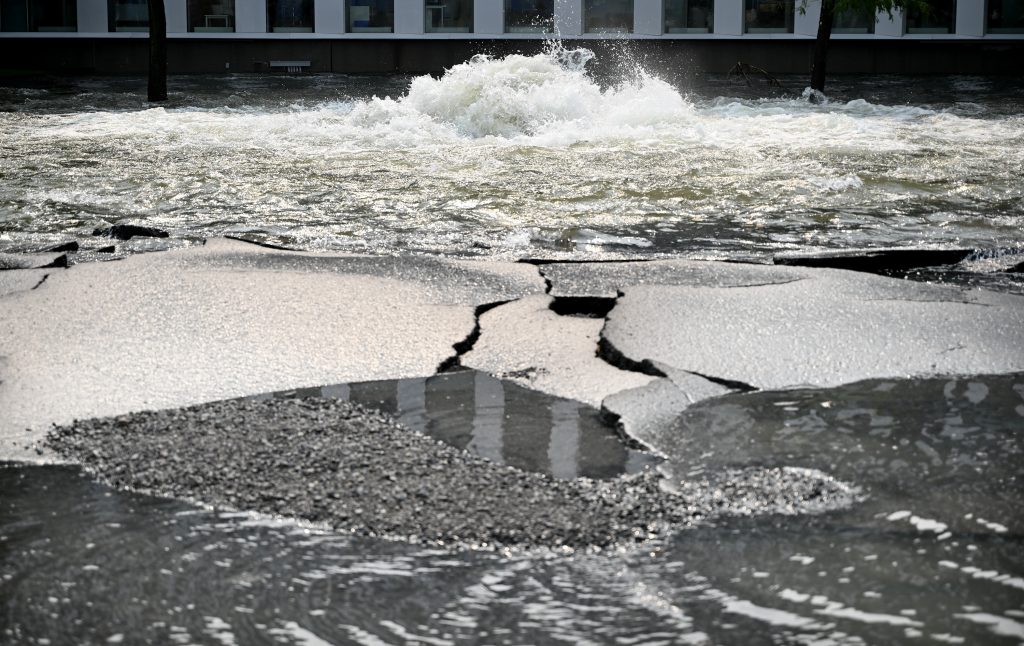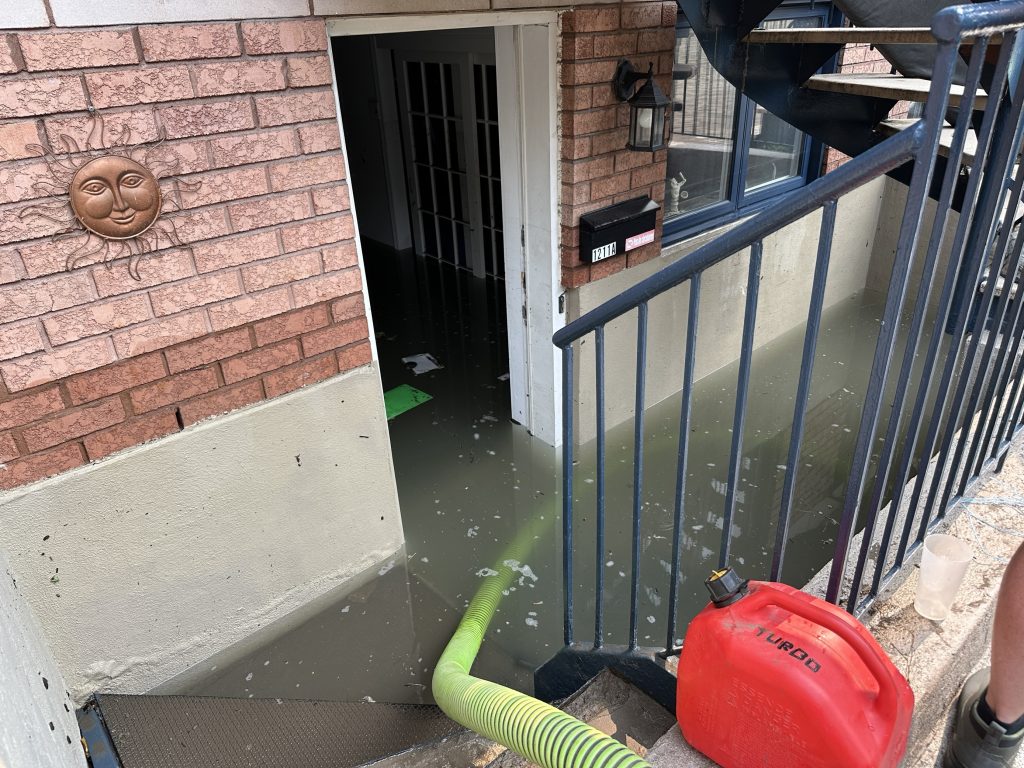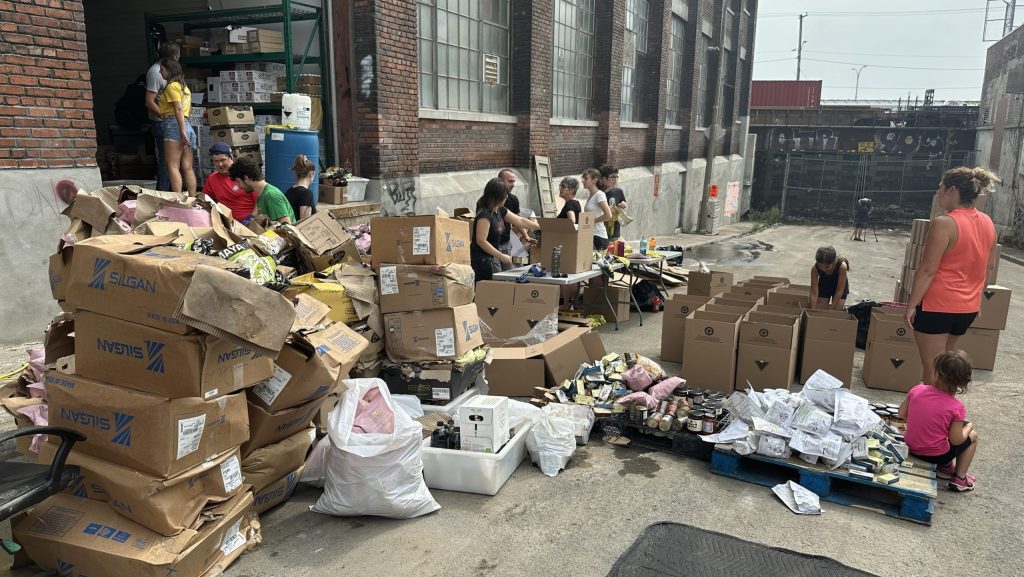Montreal’s water main break raises need for infrastructure upgrades

Posted August 18, 2024 5:09 pm.
Last Updated August 19, 2024 11:03 am.
Friday’s major water main break in Montreal transformed streets and basements into swimming pools. The city says it will take weeks to fix the 84-inch pipe that erupted and caused all the flooding.
It’s unclear what triggered the nearly 40-year-old pipe to break prematurely.
“The salt caused a lot of corrosion on the steel. So maybe that could explain why this aqueduct break yesterday. But again it’s a hypotheses,” said Philippe Sabourin, a spokesman for the city of Montreal.
One engineering expert points out that this situation highlights the pressing need to upgrade the city’s water infrastructure.
RELATED:
“It’s a fairly new pipe, 1985 I think so just under 40 years old which is young for pipes which is supposed to last 80, 90 years, even more sometimes,” said Rebecca Dziedzic, assistant professor at Concordia University in building, civil and environmental engineering.
This isn’t the city’s first time dealing with a water main break. Another one occurred near the McGill University Health Centre in July.
“I think going forward, continue to do preventative work, especially if there are other pipes of this material and similar vintage, it’s worthwhile inspecting,” said Dziedzic.
A 2019 Canadian Infrastructure Report Card found that 30 per cent of water infrastructure in the country is in fair, poor or very poor condition. Montreal is not the only city dealing with this issue. Two months ago, a water main break also flooded parts of Calgary.
“I think it is a significant number of our water infrastructure that needs to be rehabilitated and replaced,” said Dziedzic.
As a precaution, the city of Montreal issued a boil-water advisory on Friday, which impacted 150,000 homes. On Saturday evening, the advisory was lifted.
“It’s also extremely important to follow the instructions because when the boiled water advisory is lifted, it doesn’t mean that the water is immediately safe to consume because, in the interim between when the advisory was applied and when it was lifted, there is still that risk of contaminated water being in people’s water systems such as their pipes and their plumbing,” explained infection disease specialist Dr. Don Vinh.
Dr. Vinh says if contaminated water is consumed it could lead to nausea, vomiting, and diarrhea.
“Depending on the type of household that they live in will and should be instructed to continue to rinse or flush out their water systems. So let water run from a faucet for example for at least five minutes,” said Dr. Vinh.
As the city grapples with the aftermath, Dziedzic says this all poses a serious question about the future of Canada’s water systems and infrastructure.
“In the last few years, with more awareness there are some cities that are seeing the rates of their main breaks going down so it is possible if there is proactive investment,” said Dziedzic.












